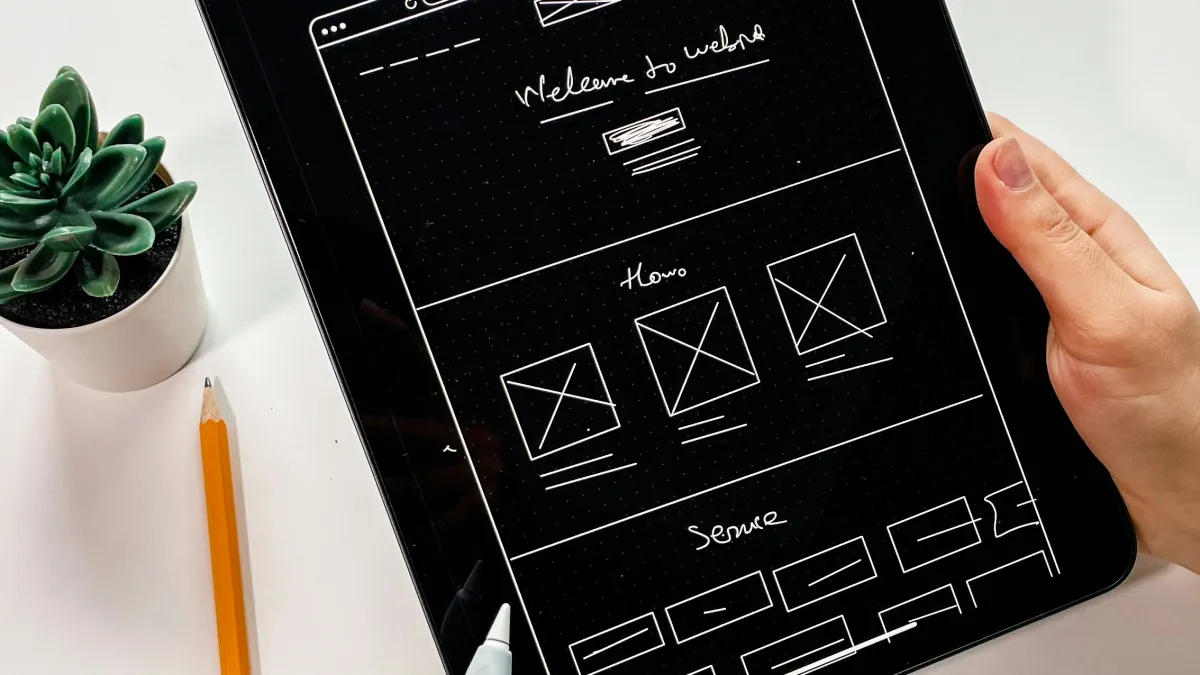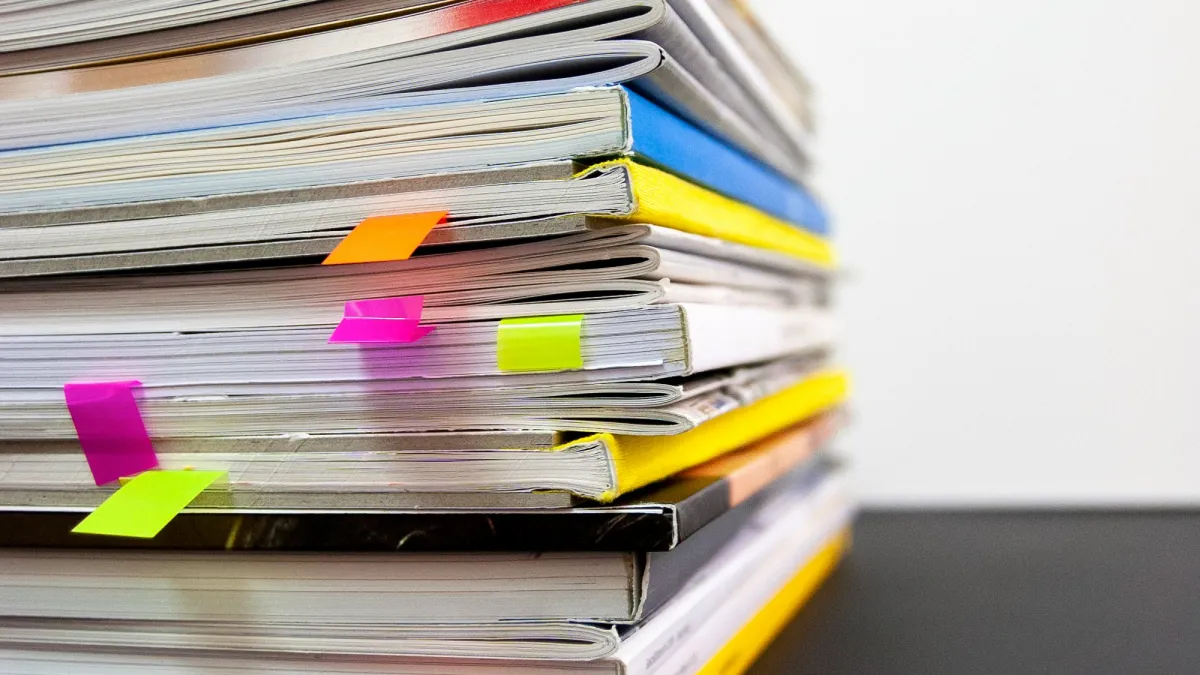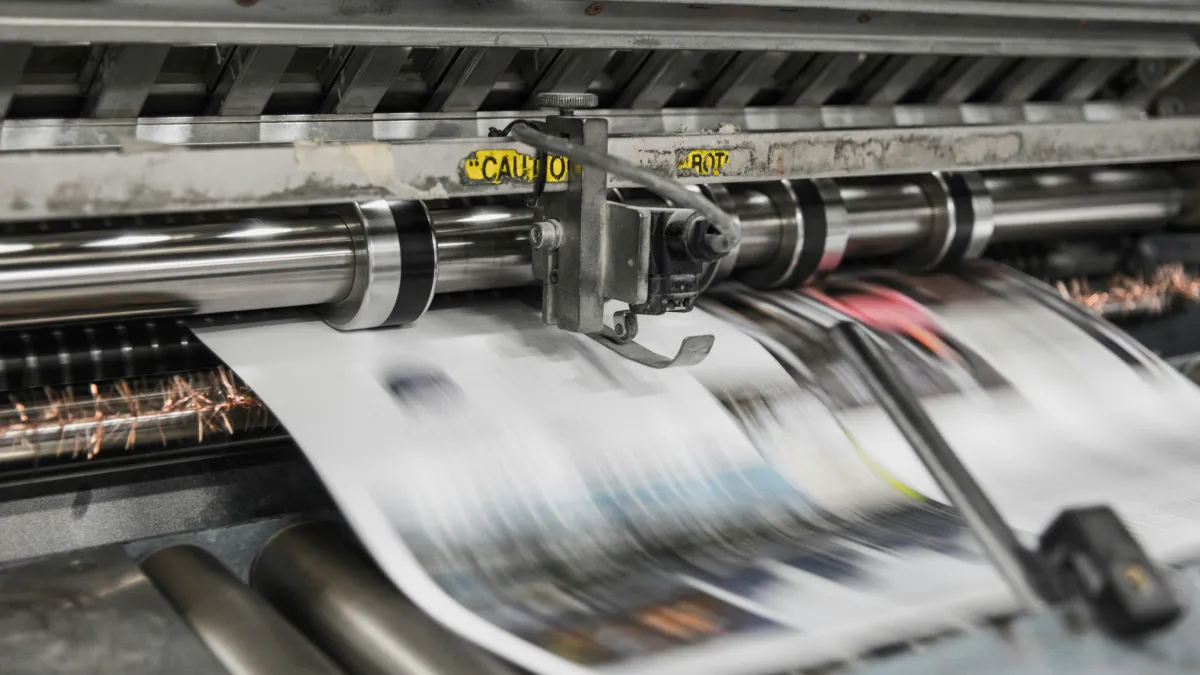We Print Your Hardcover Bound Books
Ready to get started? Get a Quote!

We Print Hardcover Books
Hardcover Books, also known as hardback, hardbound, or casebound books, have a thick protective cover that is constructed from dense paperboard. This paperboard is commonly wrapped with a gloss, matte, or soft-touch laminated paper cover for improved appearance and durability. Because the paperboard is rigid and inflexible, it must be created with a flexible hinge area near the spine to allow the book to open and close easily.
There are several ways to assemble a hardcover book. On some book projects, the pages are gathered and sewn together with strong thread before the cover is attached. On other projects, the pages are glued together near the spinal edge before applying the cover. The production method largely depends upon the order quantity and the project budget.
Why Hardbound Book Printing
Hardcover books are known for their durability. The rigid cover protects the pages from damage, ensuring that the book can withstand frequent use, handling, and transportation without getting easily worn out or torn. This makes hardcover books ideal for long-term use and preservation.
Hardcover bound books provide excellent protection for the pages inside. The sturdy cover shields the book from dust, dirt, and moisture, helping to maintain the book's overall condition and readability. It is particularly beneficial for books that need to be preserved or passed down through generations.

Hardcover Bound Books Applications & Uses
Hardcover bound books are a superior choice for various projects due to its durability and luxurious appearance. It is particularly well-suited for books that will be frequently used, such as children's books, textbooks, or member directories.
The sturdy hardcover ensures that these books can withstand the wear and tear of constant handling. Additionally, hardcover bound books provide a sophisticated look and feel for projects that demand a prestigious aesthetic, such as biographies, memoirs, or corporate history books. The robust nature of hardcover books also makes them perfect for publications that need to endure the test of time, like yearbooks, family history books, or other cherished keepsake books. In summary, hardcover bound books are an excellent choice for projects requiring durability and a touch of elegance.

Hardcover Books: The Ultimate in Quality, Customization, and Reader Appeal
Hardcover books have a premium look and feel. They often feature high-quality materials, such as cloth, leather, or faux leather, which enhance the book's visual appeal. The hardcover format is commonly associated with professional publications, such as novels, reference books, coffee table books, and special editions, giving them a sense of prestige and value. Hardcover books provide a more substantial and sophisticated presentation compared to other binding methods. They typically include endpapers, a spine that can be printed with the book's title and author name, and sometimes even foil stamping or embossing for added elegance. Hardcover binding allows for greater customization and personalization options, making the book stand out on bookstore shelves or as a gift.
The rigid structure of a hardcover book allows it to lay flat when opened, making it easier to read and handle. This feature is especially convenient for textbooks, cookbooks, or any book that requires readers to refer back and forth between pages while keeping the book open.
Hardcover books are often associated with higher quality and value, which can influence readers' perceptions. Many people consider hardcover books as more collectible, valuable, and prestigious compared to other formats. This perception can be advantageous for authors, publishers, and readers alike.










